Astonishing Regions Where the Best Tea Leaves Are Grown
TEATIME NOTES
Find tips, recipes, and articles to increase your delight and enjoyment of tea.
Astonishing Regions Where the Best Tea Leaves Are Grown
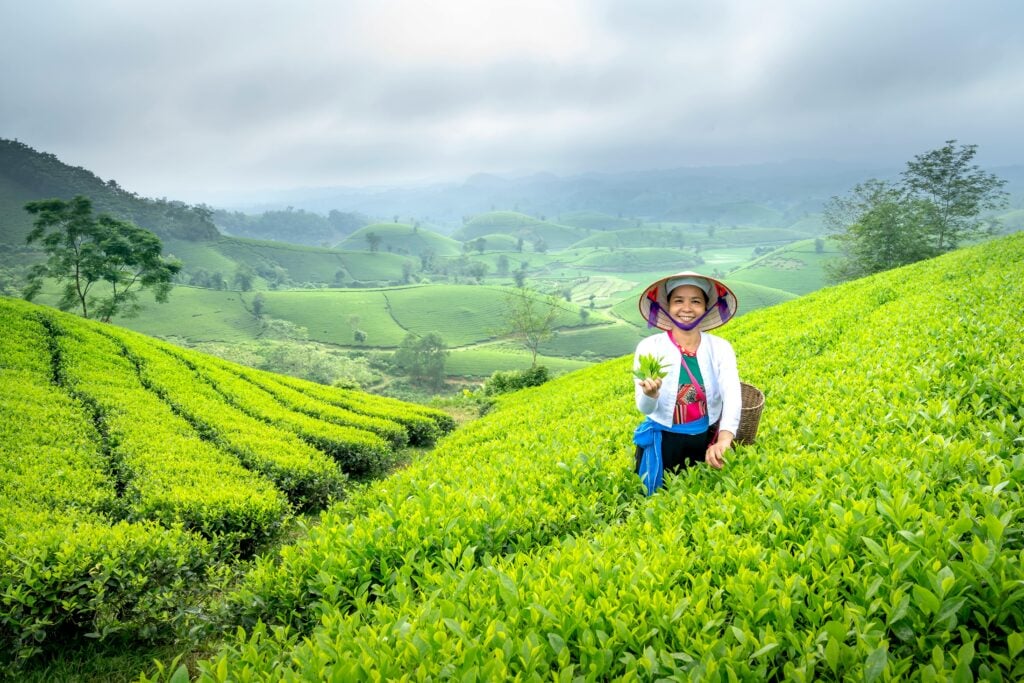
Where to Get the Highest Quality Teas in the World
What separates the best tea leaves from the worst? Where tea leaves are grown and how they are harvested makes a huge difference when it comes to quality and flavor.
It may shock you to know that every single kind of tea comes from the same plant — Camelia sinensis.
If all tea plants grow from the same Camelia sinensis seedlings, why is there such a wide variety when it comes to quality? We will explore what makes the best tea leaves taste so magnificent and then give you some of our favorite picks for high-quality tea.
First, we’ll explore what makes some regions better for growing tea than others.
Where Are Tea Leaves Grown?
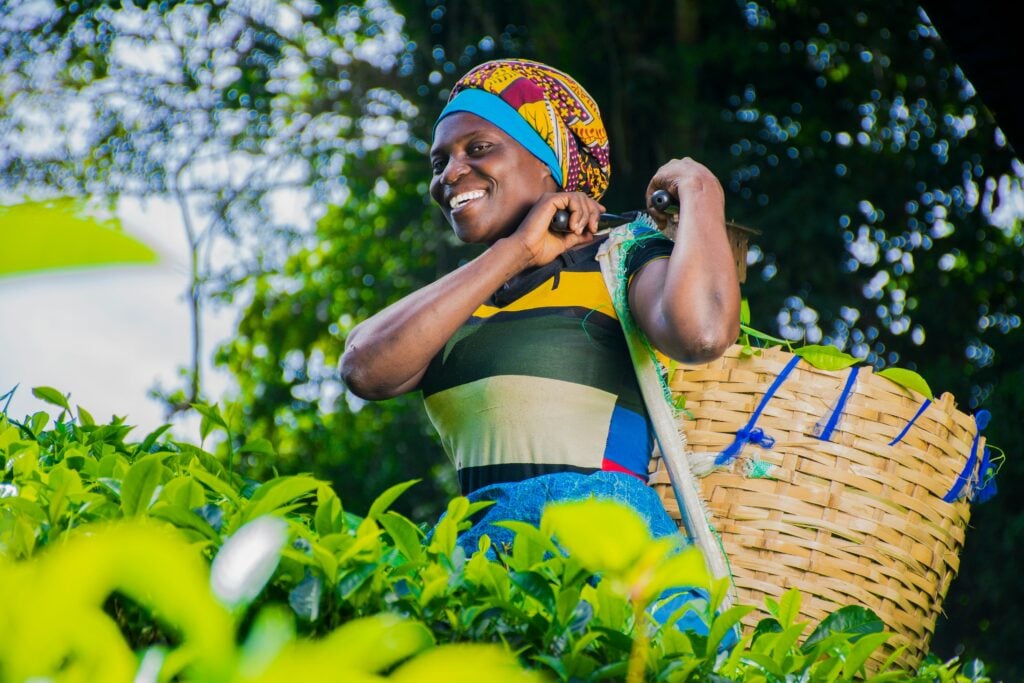
Location is everything when it comes to growing the best tea leaves. You can’t just plant seeds in any soil or environment and expect to produce your favorite tea.
Choosing an ideal location for growing tea isn’t as easy as choosing one single country, either. Regions within countries have special microclimates or ecosystems ideal for tea gardens. The location and weather have some of the highest effects on your tea quality.
The temperature, altitude, and rainfall have an impact on how the best tea leaves will grow and how small or large they will be. One ideal region isn’t necessarily better than the other — but they do produce different kinds of tea. You don’t typically grow black teas in the same place you grow green teas.
Soil and mineral composition have a major impact on the tea’s flavor. Many higher-quality teas are grown on rocky mountains or near volcanoes where the mineral soil changes the flavor of the tea as it grows.
Overcast or misty regions tend to create smaller or sweeter leaves which are used for white and green teas. Sunnier tropical regions tend to grow larger more robust tea leaves that are used for black and oolong teas.
Growing the Camelia sinensis plant is only a part of the equation for making quality tea. Another major factor is how the tea is harvested.
How the Best Tea Leaves are Harvested

The two most common kinds of tea harvesting are hand-picking and machine harvesting. The results are very different grade qualities and flavors of tea.
Hand-Harvested Tea Leaves
The best tea leaves are harvested by hand using what is commonly known as the orthodox method. This is a much more time-consuming harvest practice, but well worth the effort.
Farmers pluck two leaves and a bud from the top of the tea stalks. The tea leaves are also processed by hand to preserve the integrity and flavor of the plant — and maybe even preserve more nutrients.
In certain regions, centuries-old hand-processing methods and techniques are taught to farmers who continue to carry out the tradition and cultural values. When it comes to quality and flavor, nothing comes close to hand-harvested tea leaves created with care and tradition. They are the best tea leaves.
Machine-Harvested Tea Leaves
The most common method for harvesting tea leaves today is done with machinery and is used for mass manufacturing. Many mass-production tea companies use machines to harvest tea plants. In some cases, they accidentally uproot entire stalks which also end up in your tea leaves and alters the flavor and quality.
In CTC (cut-tear-curl) tea production, tea plants are sent through machines that cut, tear, and curl the leaves into small pellets and tea dust. The final product is usually very bitter and much stronger in flavor than hand-harvested teas.
To top it off, non-compostable tea bags and microplastics from most tea bags are wreaking havoc on the environment and your health. Let’s touch on this a little more.
A Responsible Tea Bag Replacement
If you want to enjoy the best tea leaves, stick with hand-harvested and small-batch teas. We prefer loose-leaf tea, but we do have a better substitute for teabags.
If you’re looking for a healthy and feel-good alternative to tea bags, these tea sachets are wonderful. They are completely compostable, have zero microplastics, and are filled with the same whole-leaf teas you get from the loose-leaf tea canisters.
Where is the Best Tea Grown?
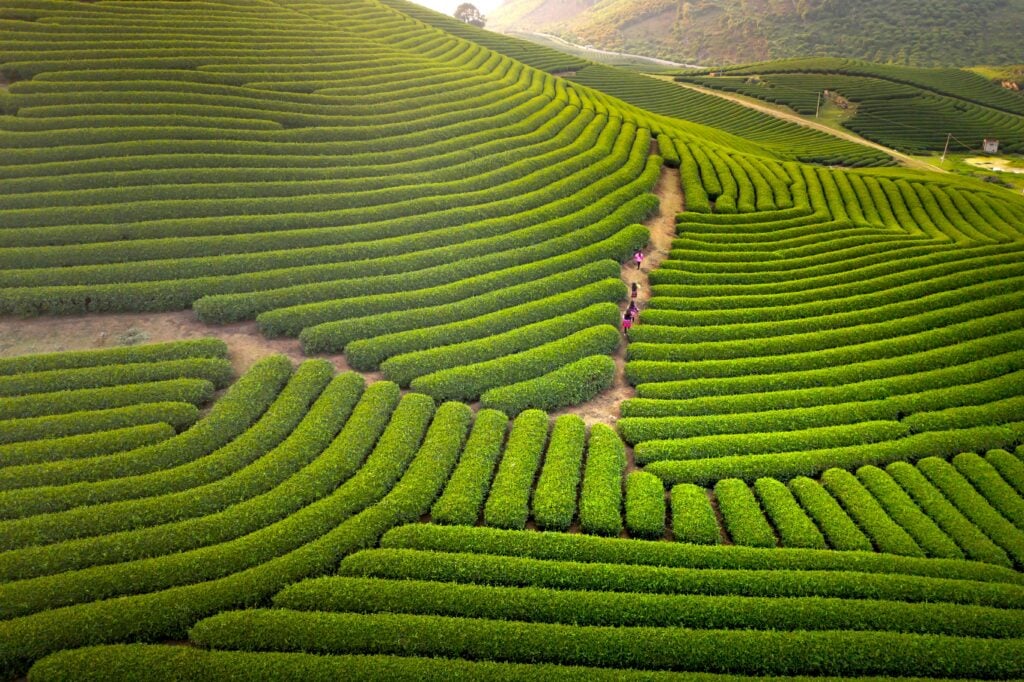
The most prominent tea-growing countries in the world are China — the birthplace of tea — and India. China grows about 50% of the world’s tea by volume and India produces about 20%. China, India, Sri Lanka, and Kenya grow 75% of the world’s tea annually.
But, volume doesn’t equal quality. We have the rundown on some of the best tea leaves from each country’s most famous regions. We also have suggestions for similar teas you can try at home.
Fujian, China
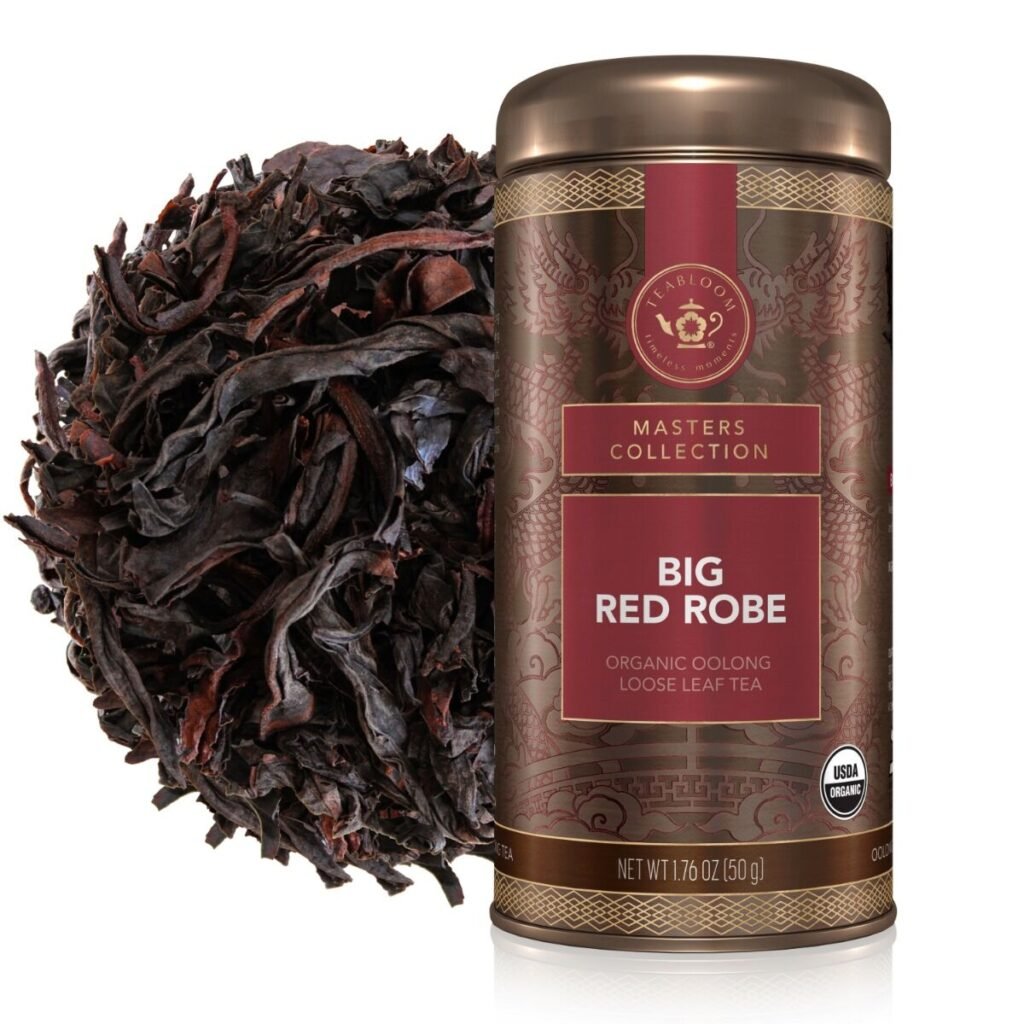
Da Hong Pao Tea (Big Red Robe) - $29.95
The high altitude and fertile soil of the Fujian mountains make it an ideal place for growing the best tea leaves. It’s a subtropical climate where you wake up to misty mornings, a lot of rainfall, and moderate temperatures, which tea plants love. This causes the tea leaves to grow slowly and is ideal for teas like White Silver Needle or Da Hong Pao - Big Red Robe.
Yunnan, China
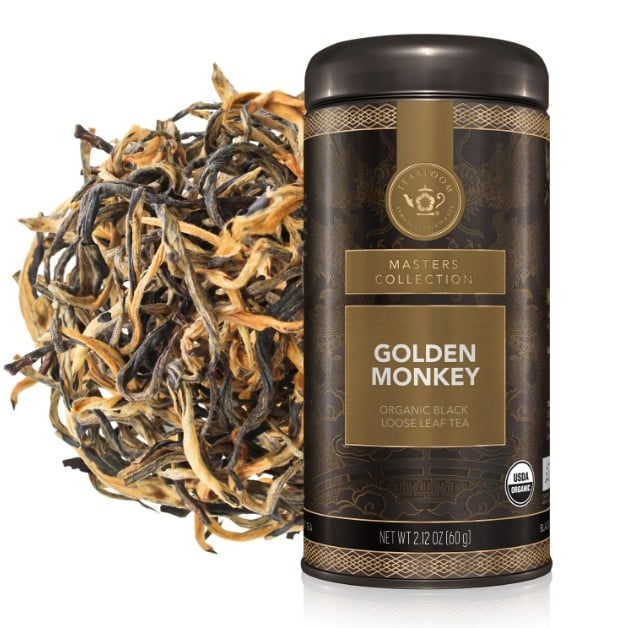
This region is the birthplace of tea and home to some of the most ancient tea trees in the world — they are over 1000 years old. Yunnan is known for its pu-erh tea — a fermented and aged tea with deep, rich, and earthy flavors. This region is also known for Golden Monkey tea — a malty black tea with golden tips with hints of cocoa and dried fruit.
Assam, India
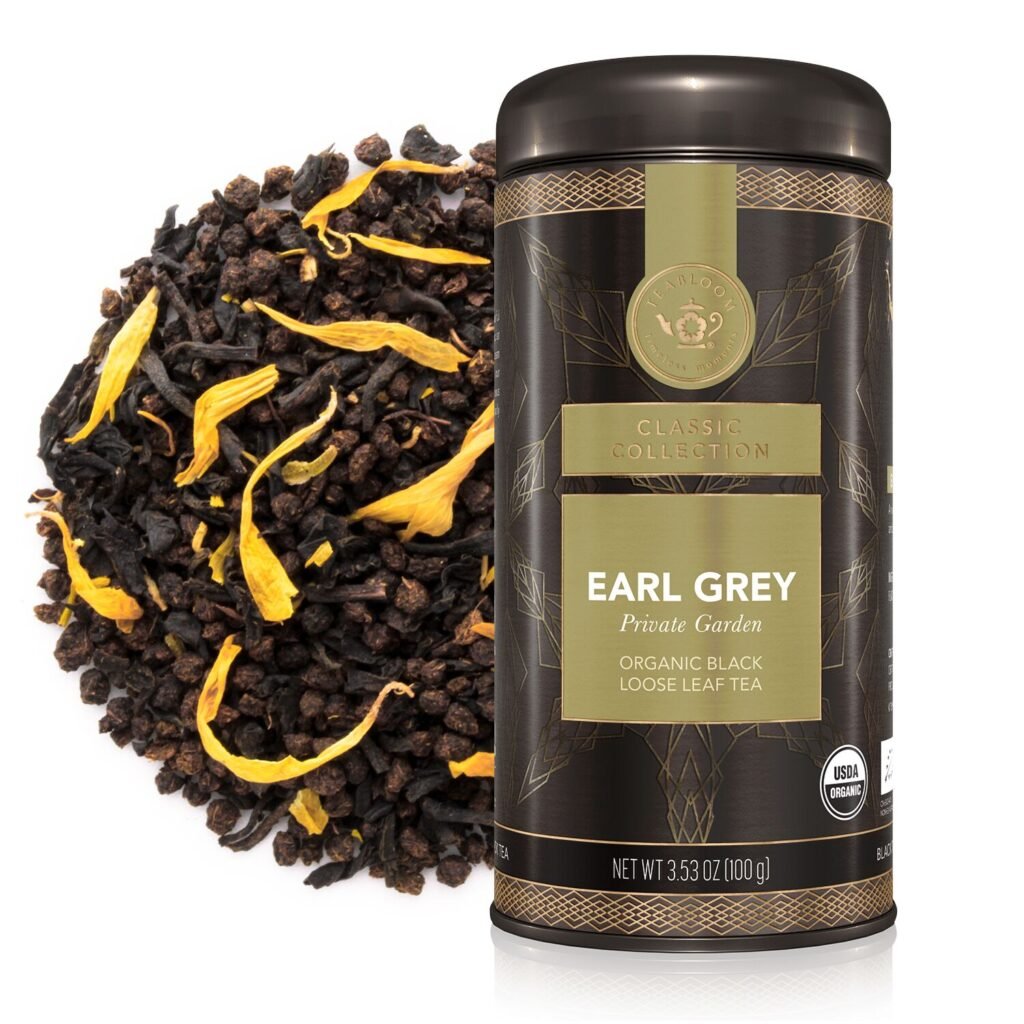
Earl Grey Private Garden Tea - $16.95
It’s one of India’s most recognized tea-growing regions known for some of the best tea leaves with malty and robust flavors. The rain-heavy, hot, tropical climate in low altitudes and mineral-rich soil produces a larger tea leaf than China. Assam teas are bold, dark, and brisk, and are commonly used in varieties like English Breakfast and Earl Grey.
Darjeeling, India
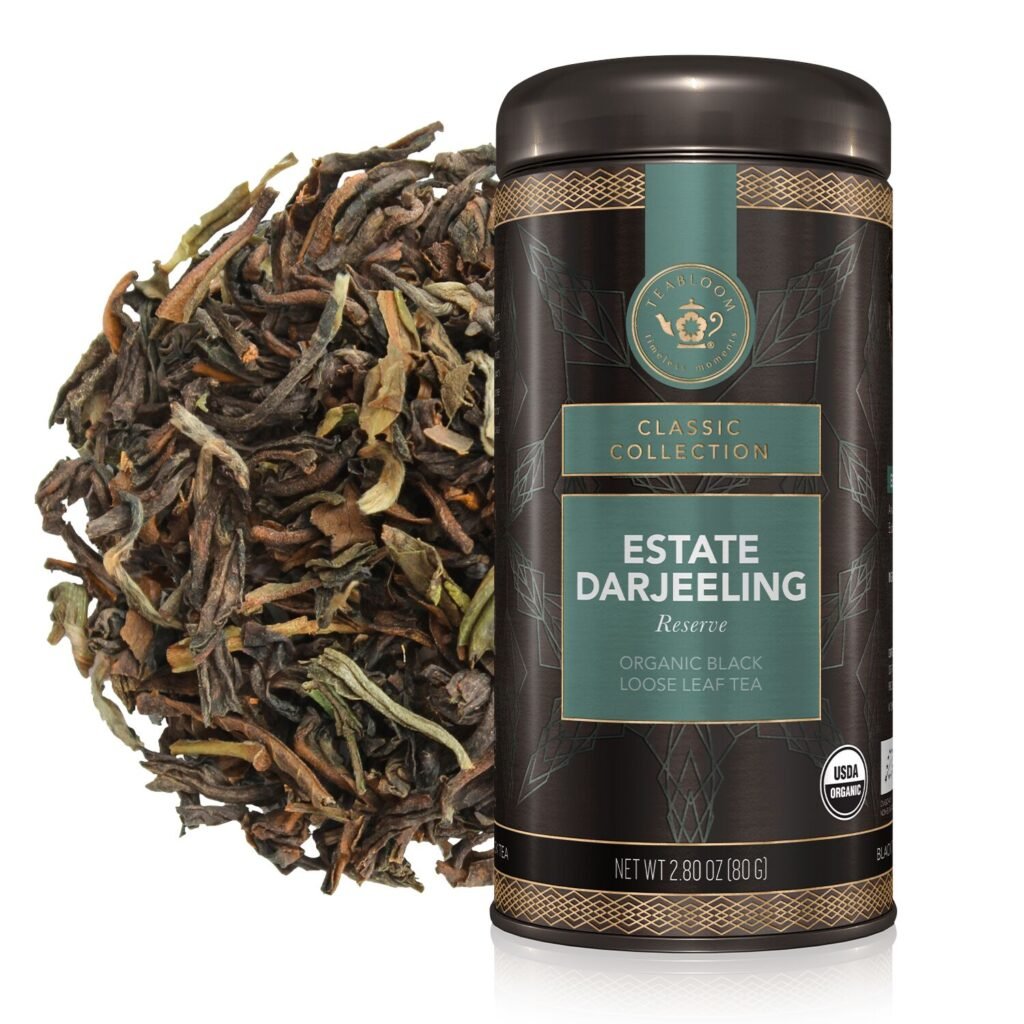
Estate Darjeeling Reserve Tea - $16.95
When people in the West think of quality tea, Darjeeling comes to mind because it’s deemed the “Champagne of Teas”. The high altitude, cool temperatures, mist, and rain around the tea gardens make a more delicate muscat-like grape flavor profile. Darjeeling tea also has floral notes which distinguish it from teas that are of similar quality.
Sri Lanka
In the 19th century, the island’s coffee plantations were destroyed and tea cultivation began. Sri Lanka used to be called Ceylon, and they produce a large variety of teas with unique characteristics — most notably Ceylon tea. Ceylon is made of some of the best tea leaves and has a bright, bold, and brisk flavor with a wide range of characteristics from malty to floral.
Kenya
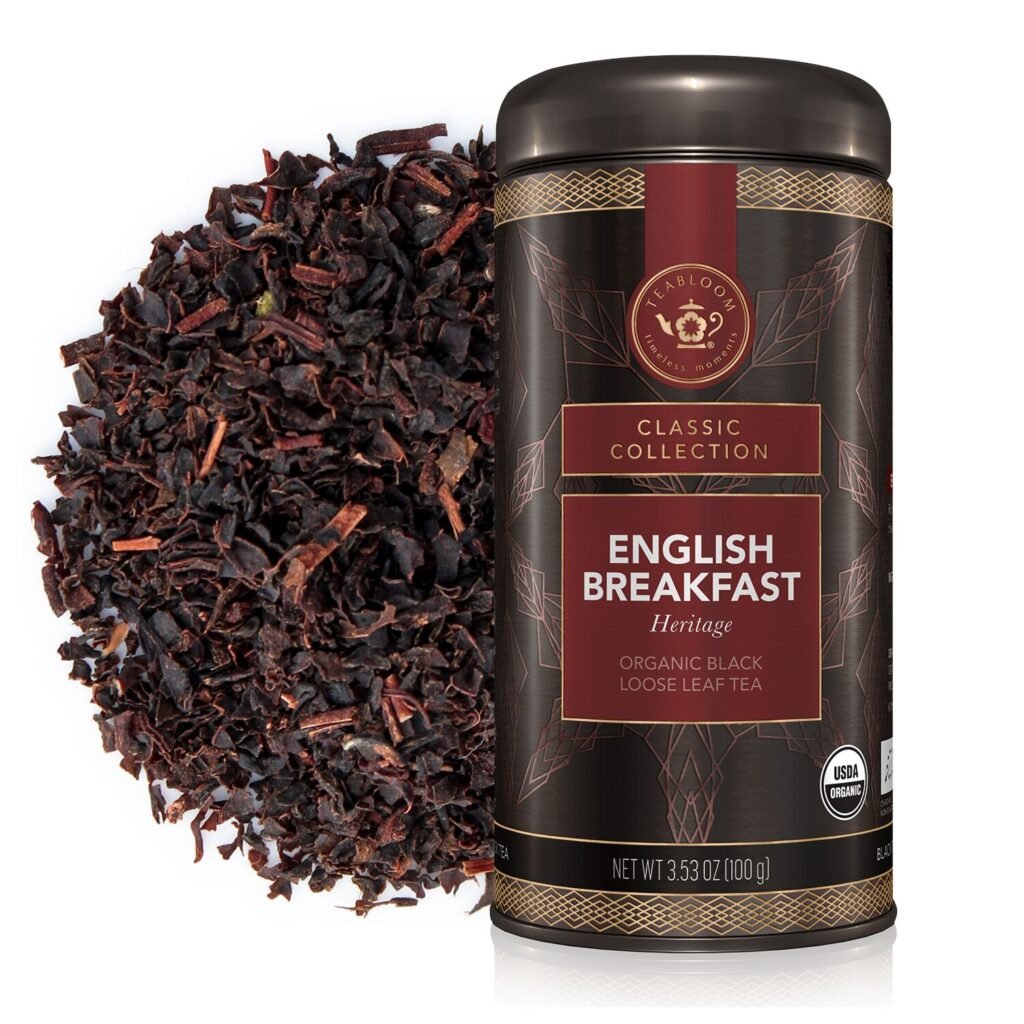
English Breakfast Heritage Tea - $16.95
They are known for their high-quality black teas that have bold and robust flavors with bright copper-like liquor. These teas are sometimes blended with other black varieties to create breakfast teas like Irish, Scottish, or English Breakfast. The tropical climate, volcanic soil, and year-round growing conditions make it a wonderful place to harvest premium tea.
Shizokua, Japan
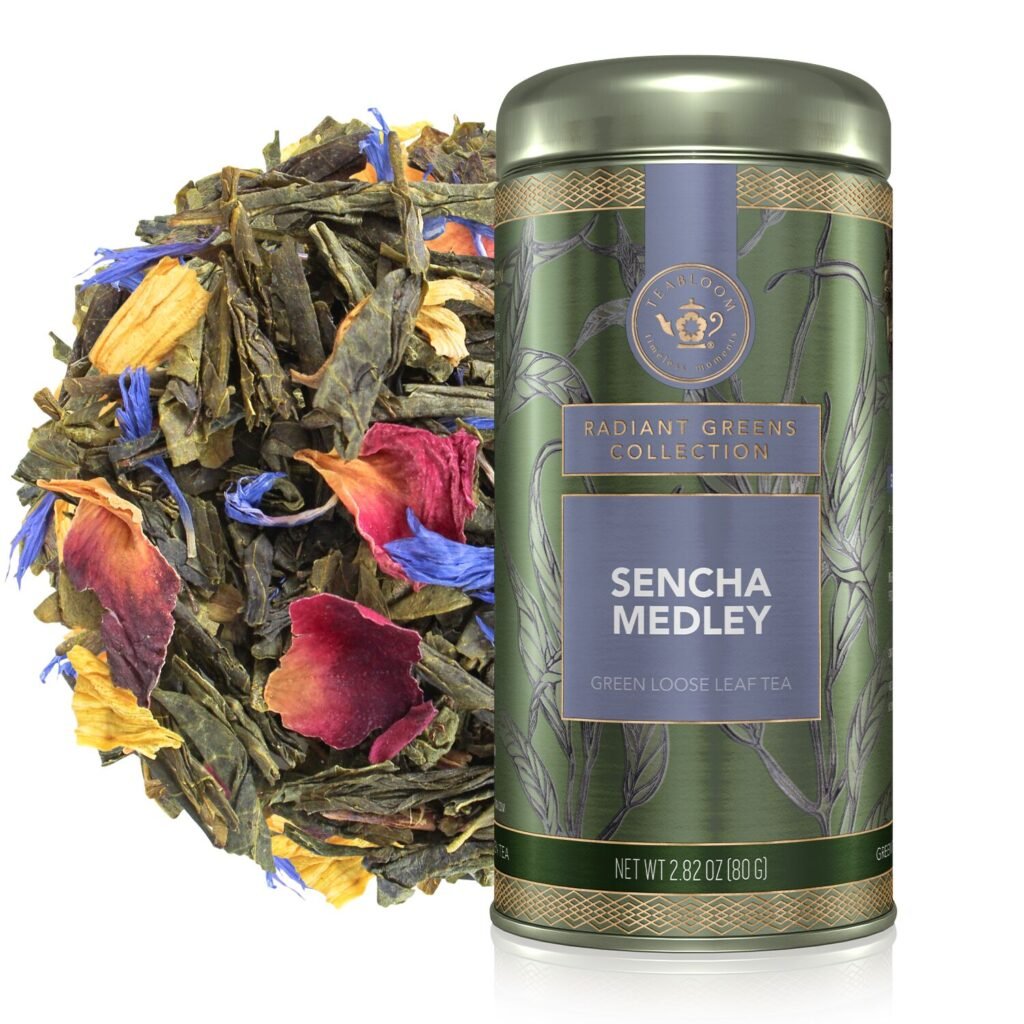
It’s Japan’s largest tea-production region where they grow over 40% of the country’s tea. The volcanic soil from Mount Fuji mixed with the mild climate, mist, and rainfall, makes it an ideal area to grow green sencha tea. Sencha is known for its grassy flavor and mild sweetness.
Uji, Japan
This is the oldest tea region in Japan and the birthplace of the Japanese tea ceremony and matcha. This finely ground green tea is used in traditional tea ceremonies and is known for its vibrant beautiful green color, umami flavor, and creamy texture.
Uji is also the home of some of the best tea leaves that make Gyokuro tea. This is a highly sought-after green tea grown in the shade of trees. This creates a sweet, smooth broth with less bitterness than other green teas.
Taiwan
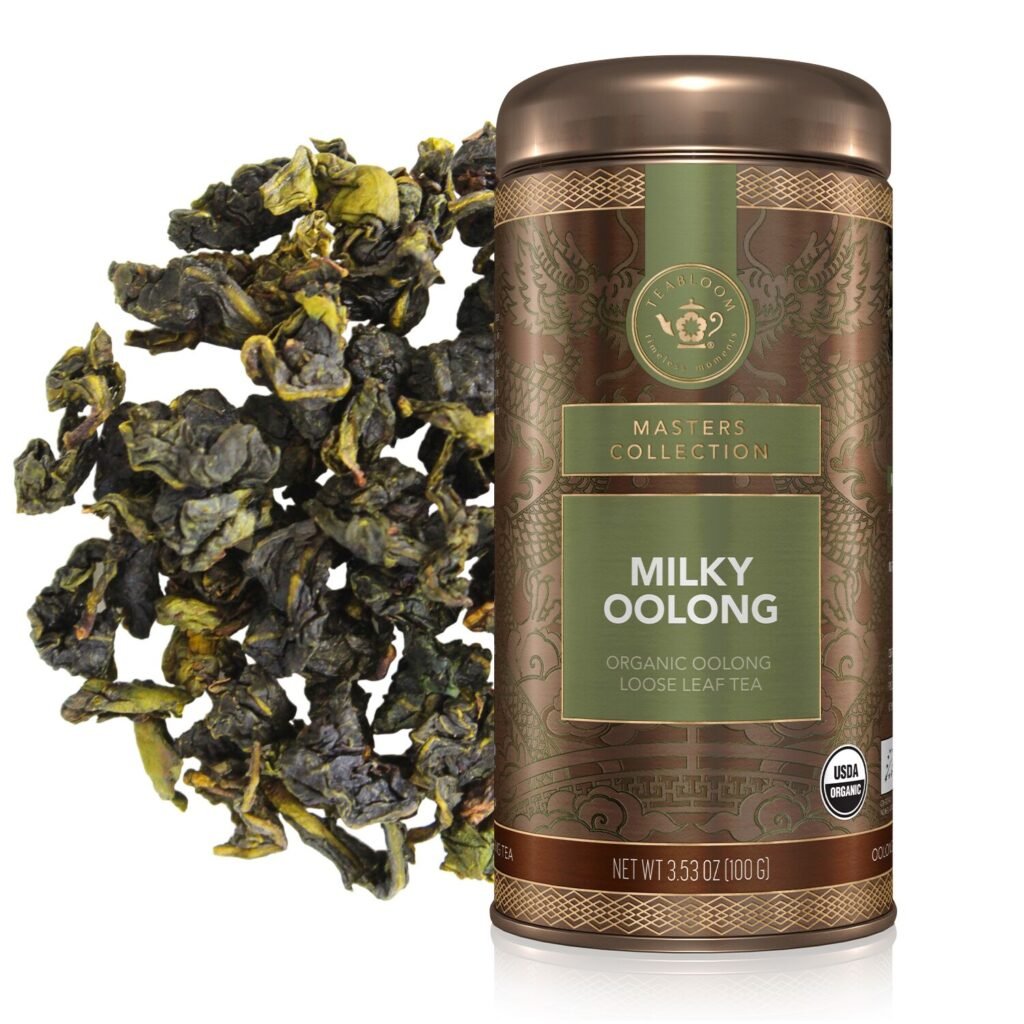
This beautiful island is known for growing and harvesting some of the best teas in the world — specifically for oolong teas. These complex teas are grown in elevations over 1000 meters which makes these teas sweet, buttery, and floral. Their Milky Oolong is creamy, with a smooth texture and milky taste.
Rare Teas and Exceptional Teaware
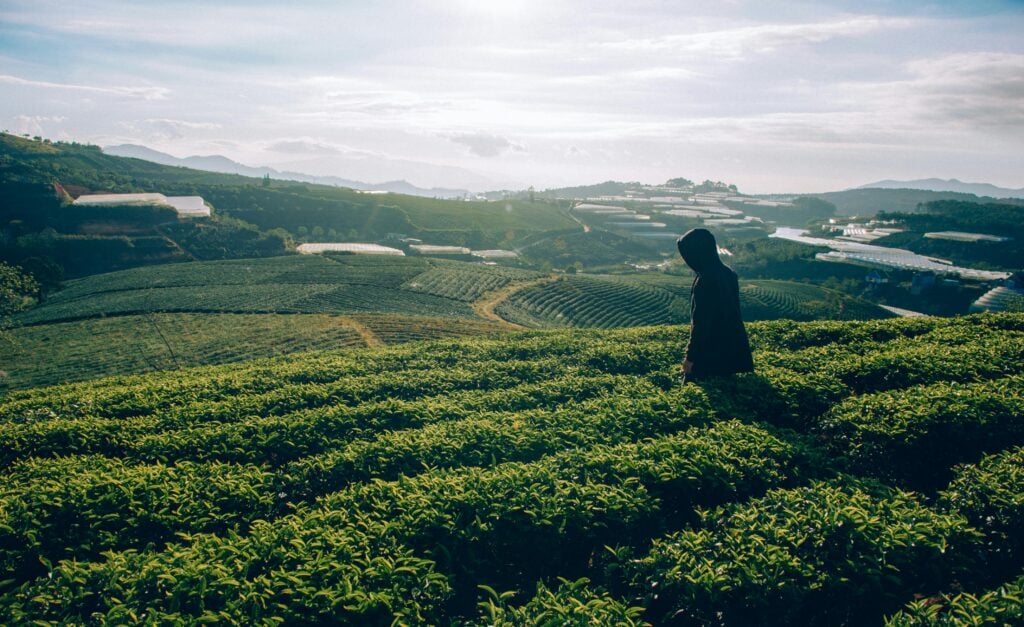
If you’re curious about trying some of the world’s rarest and most cherished teas, look no further than Teabloom. Their rare tea collection includes varieties of some of the best tea leaves from the best tea gardens in the world. They work directly with family-owned farms that harvest tea leaves by hand to bring you the most delicious and classic flavors you can enjoy at home.
Their quality teaware is more than just beautiful — it’s highly practical and made to enhance the purest flavor of your tea. Borosilicate glass is a taste-free, stain-free, and chemical-free material that’s sustainable and looks amazing with every style decor. With Teabloom’s exceptional teaware, you’ll taste your tea and nothing else.
Enjoy tea at its finest, when you shop Teabloom.

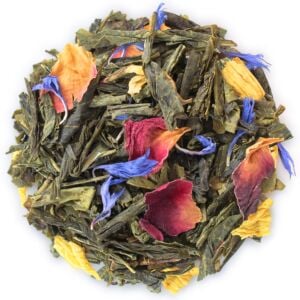

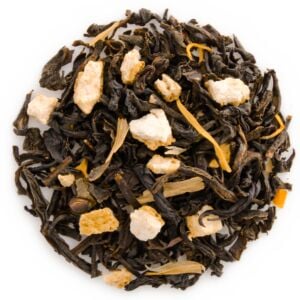
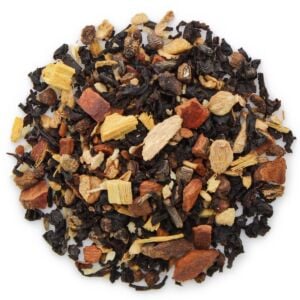
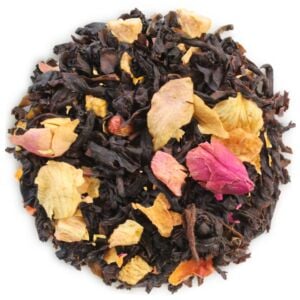
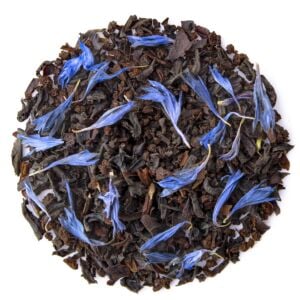
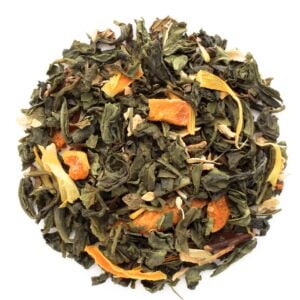
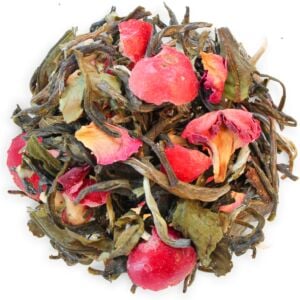
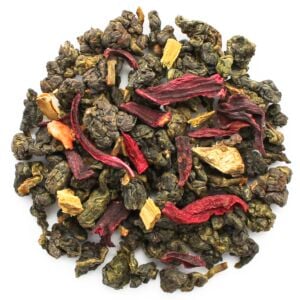
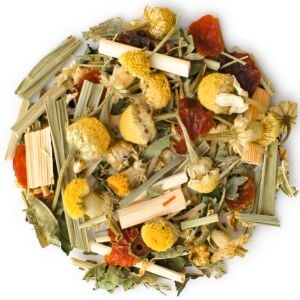
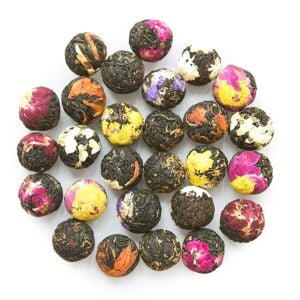


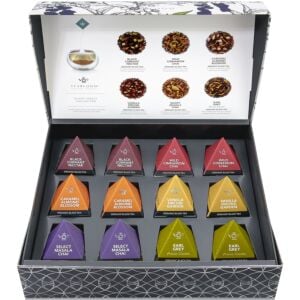
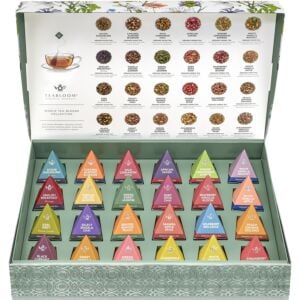

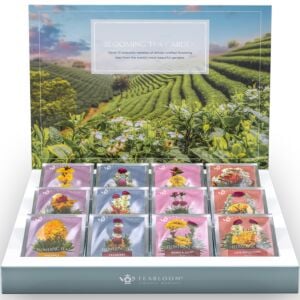
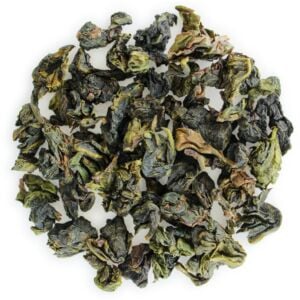
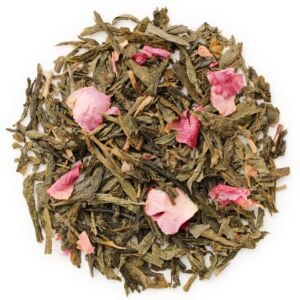
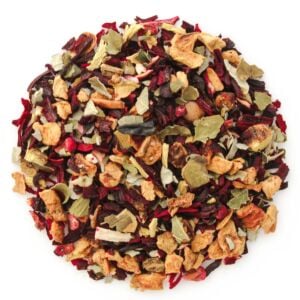
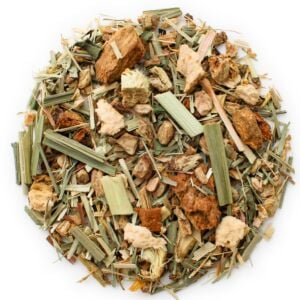
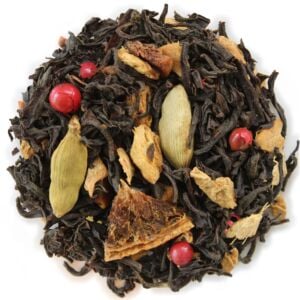
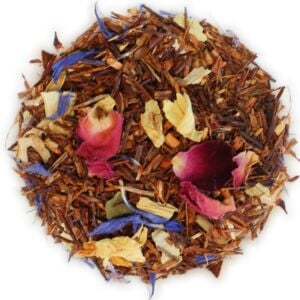
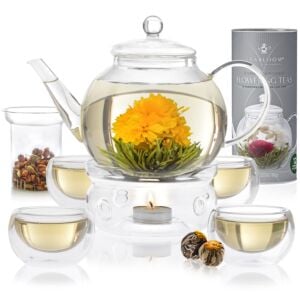
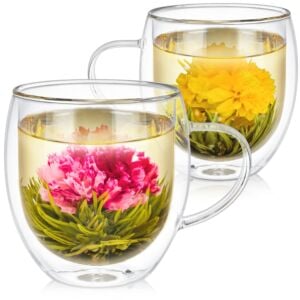
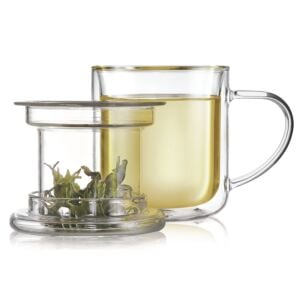
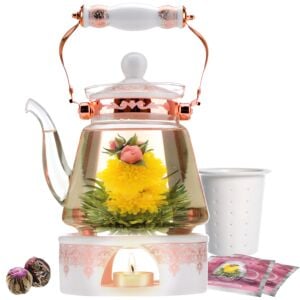
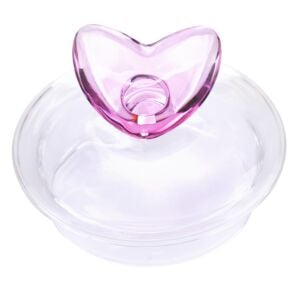
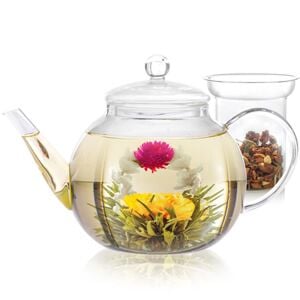
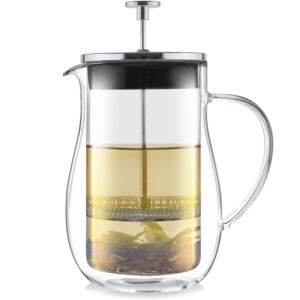
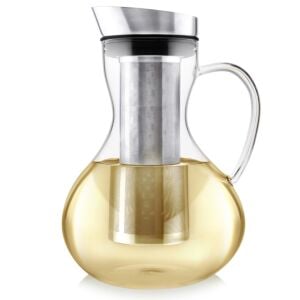
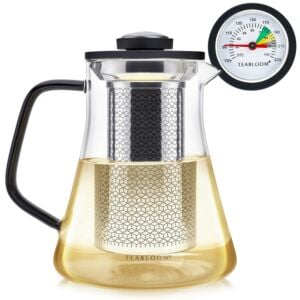
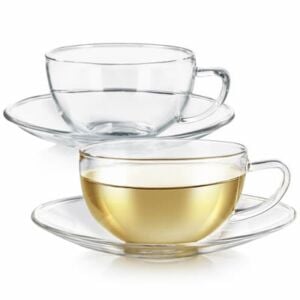
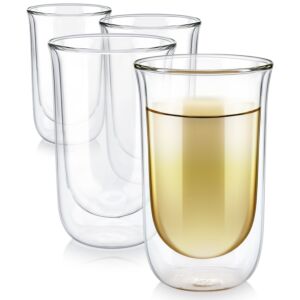
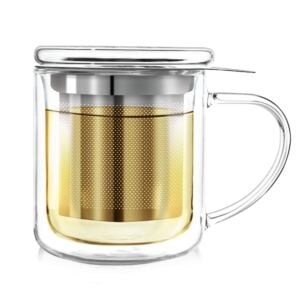
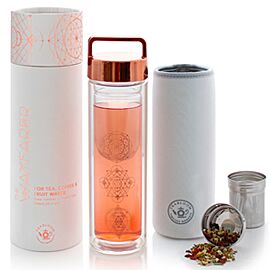
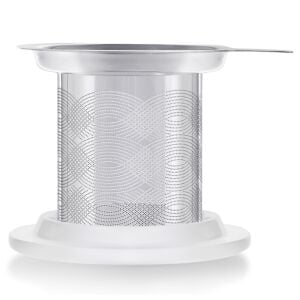
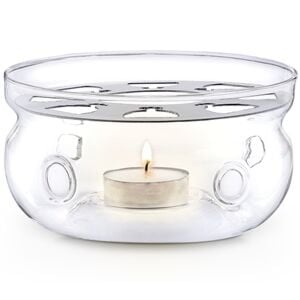
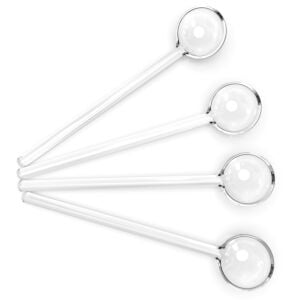
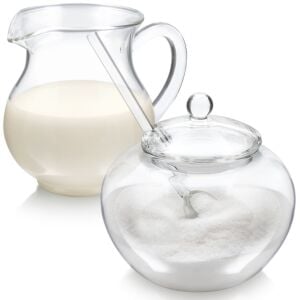
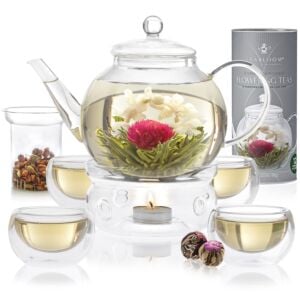
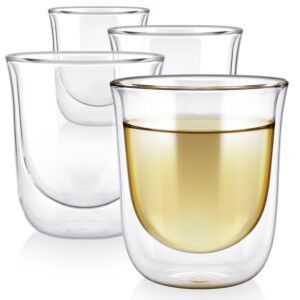
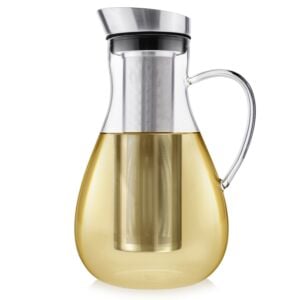
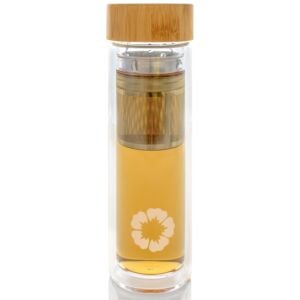
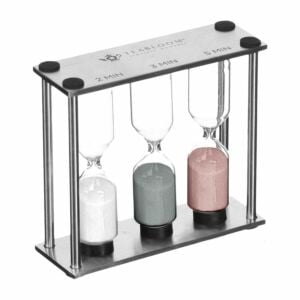
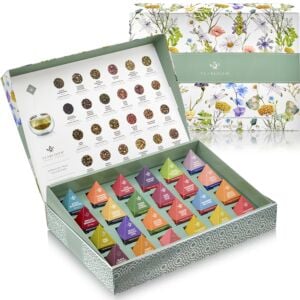
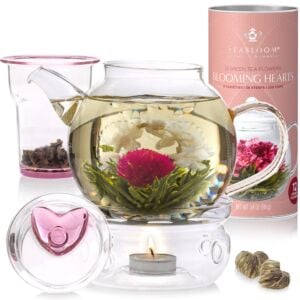
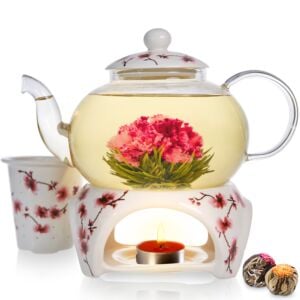
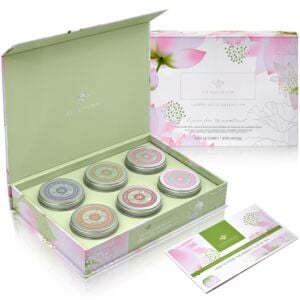
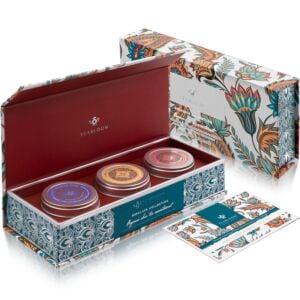
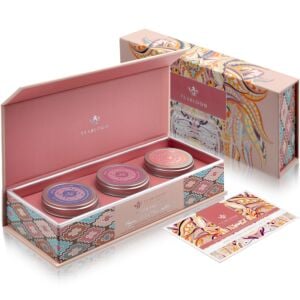

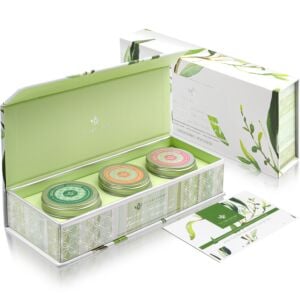
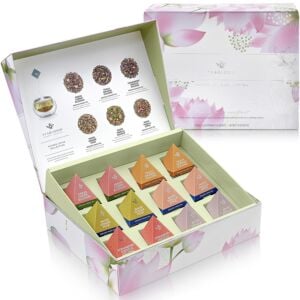
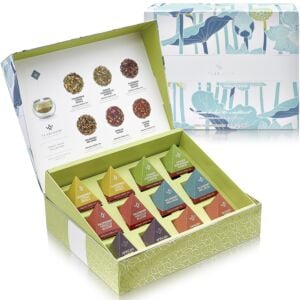
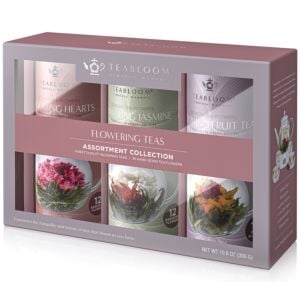

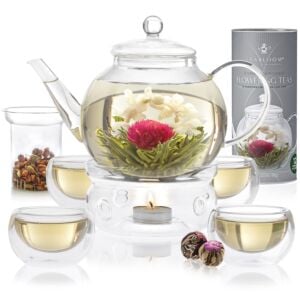
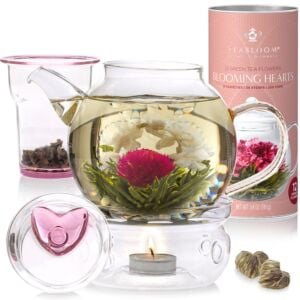
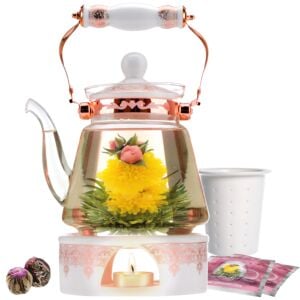
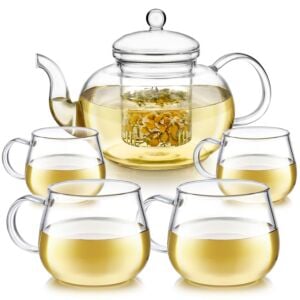
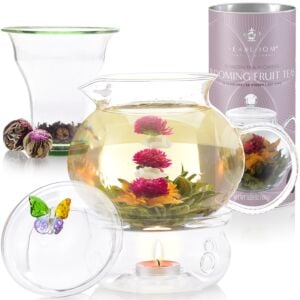
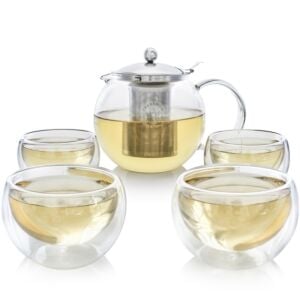
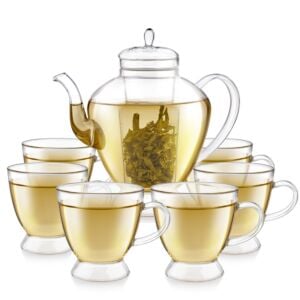
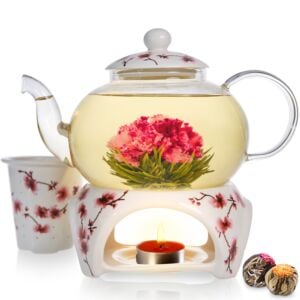
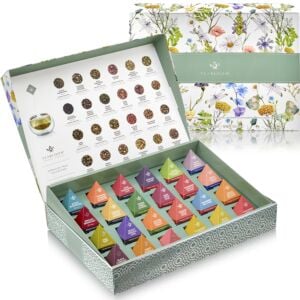
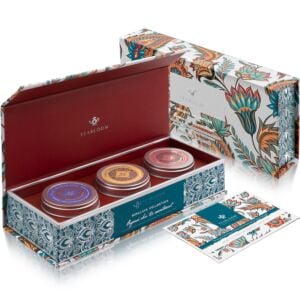
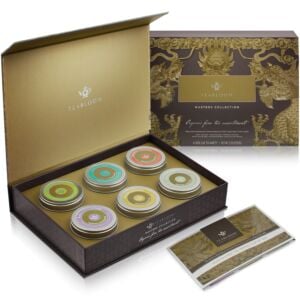
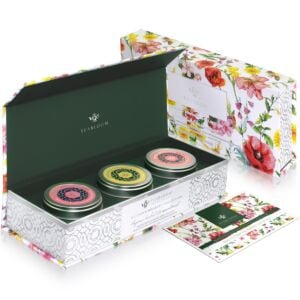
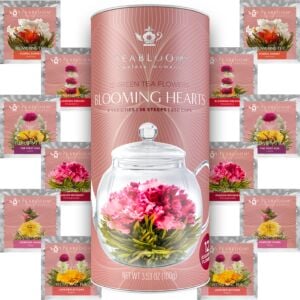
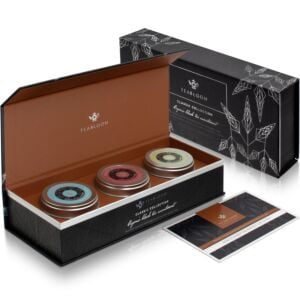
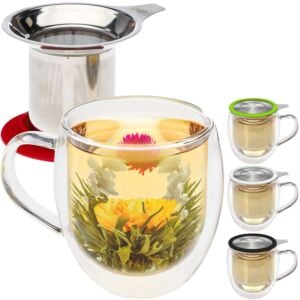

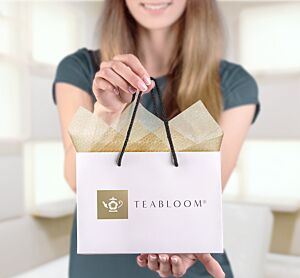
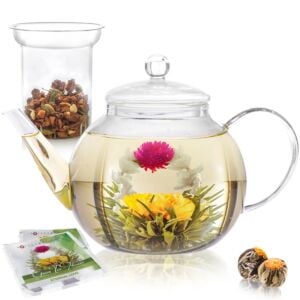
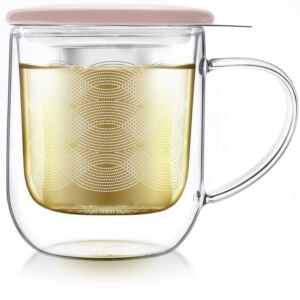

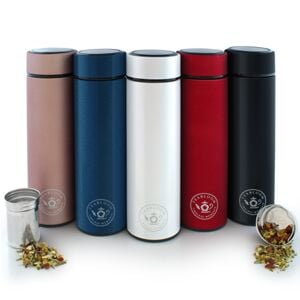
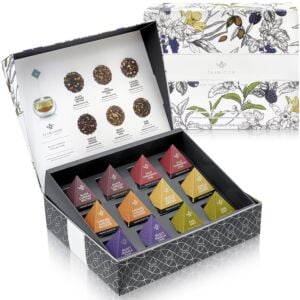
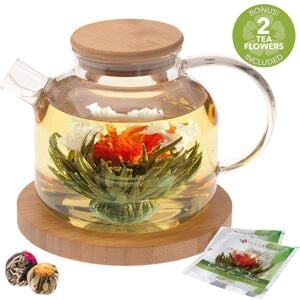
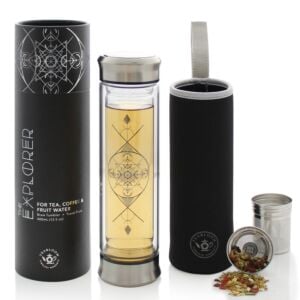
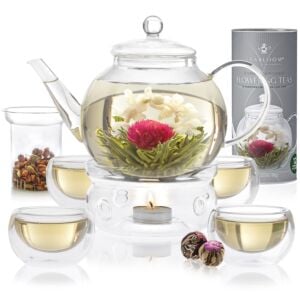
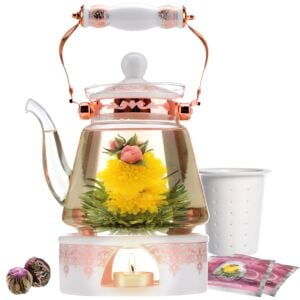
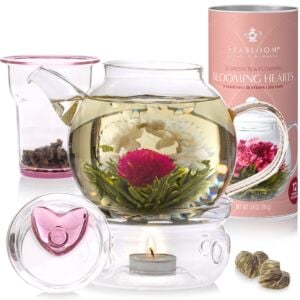
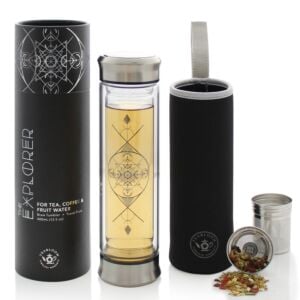
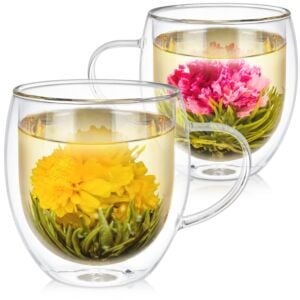
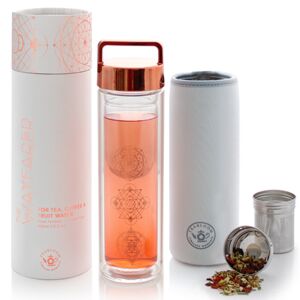
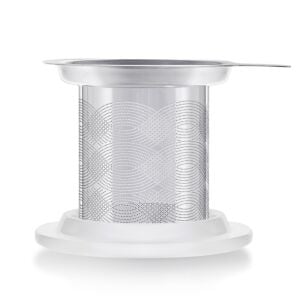
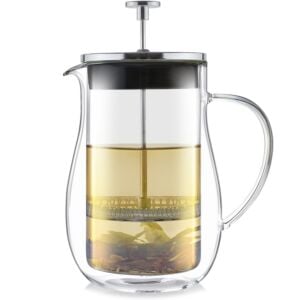
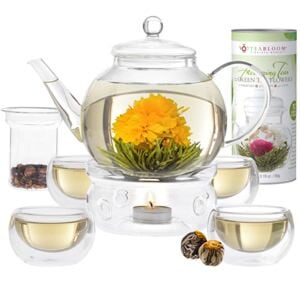

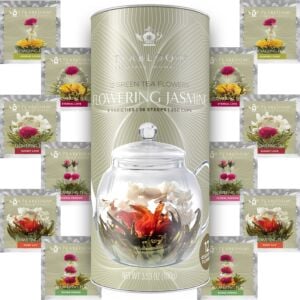

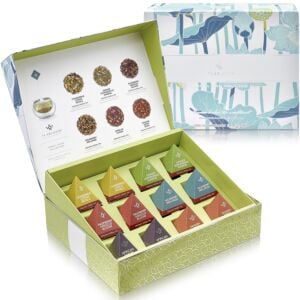
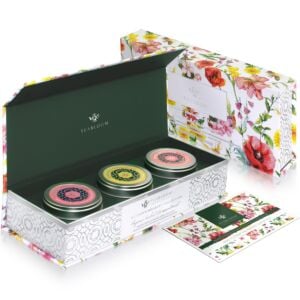
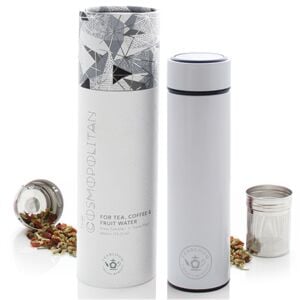
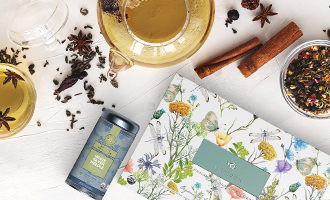
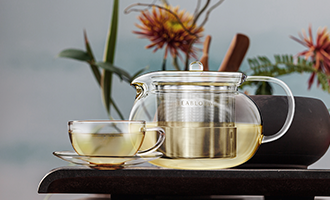
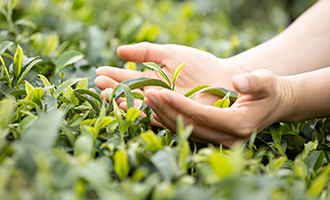
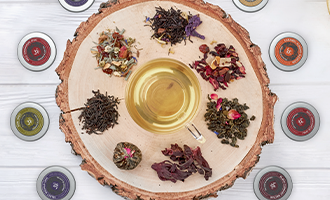
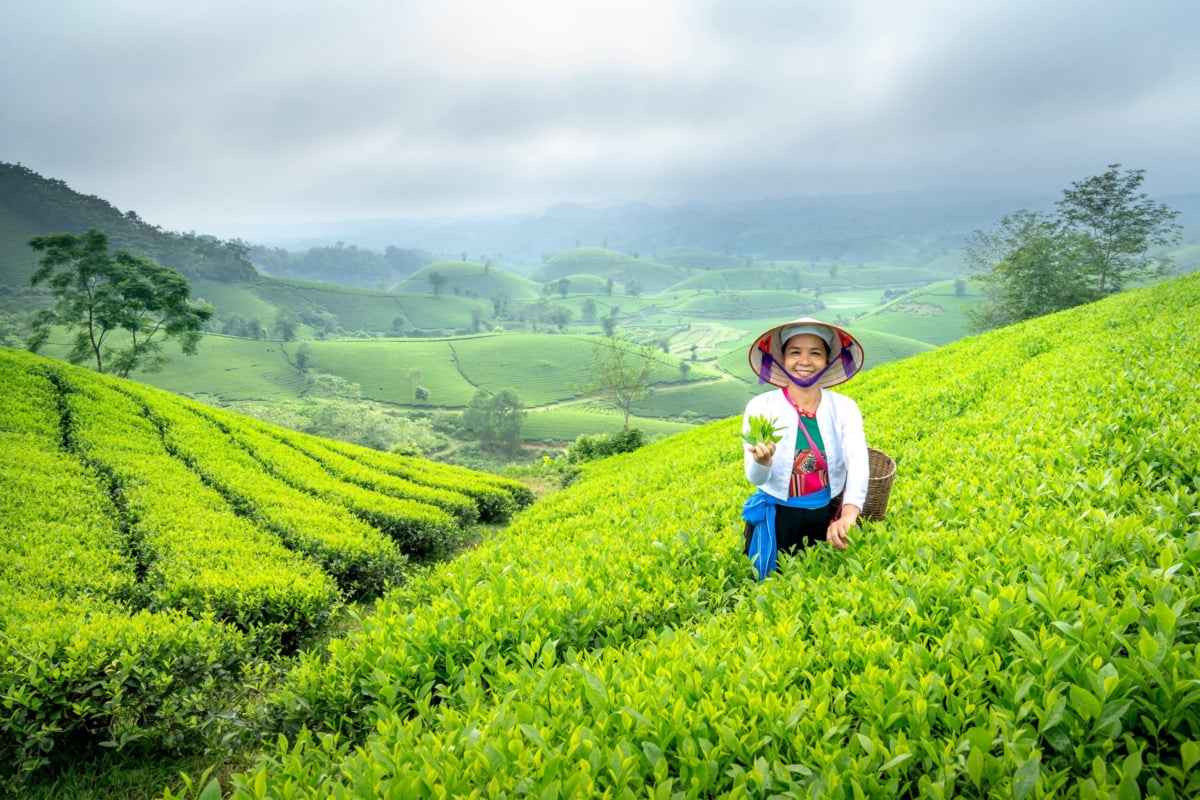
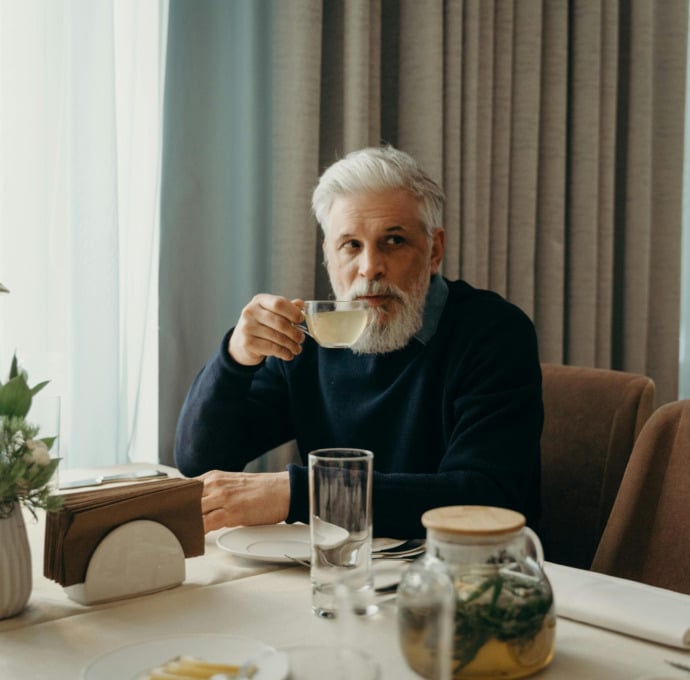


Share your thoughts